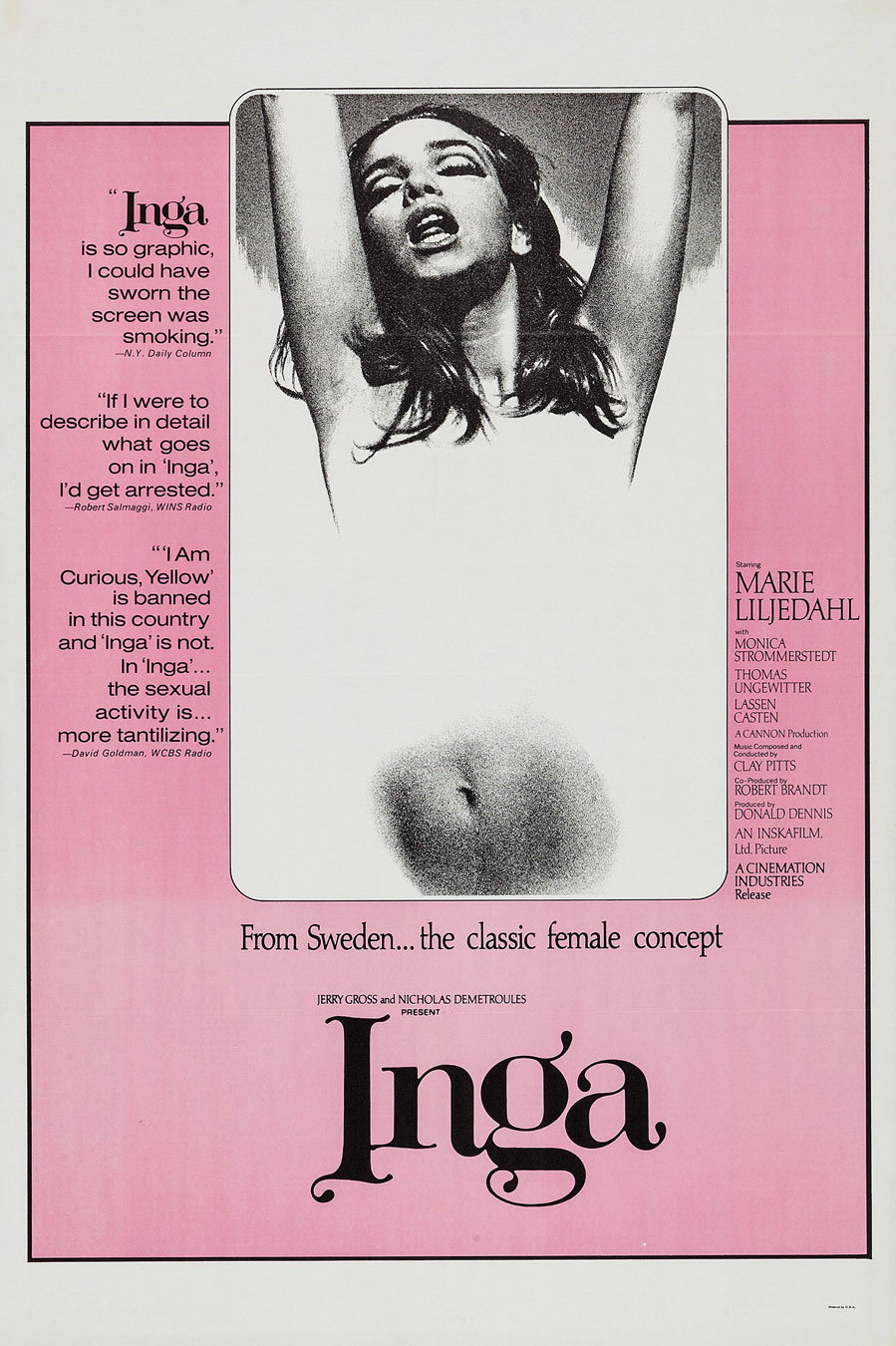
In an inspired bit of holiday season counter-programming, the Quad Cinema in New York is showing 34 non-family films that were either rated X or should have been.
In the U.K. the X rating was first introduced in 1951 when it originally indicated “suitable for those aged 16 and over” and replaced the H for Horror rating that had existed since 1932. In 1972 the age was raised to 18 (and ten years later the certificate changed from X to 18). A surprising number of arthouse classics such as Jules and Jim and a number of Bergman films received an X rating in the U.K.
In the U.S. the X rating was introduced in 1968 as part of Jack Valenti’s new MPAA rating system, and Midnight Cowboy became not only one of the first films to receive the rating, but was the only X-rated film ever to win Best Picture.
For some filmmakers and distributors the X rating was less a scarlet letter than a badge of honor. It was often featured quite prominently in advertising: my favorite use of it being the box declaring “Rated X by an All White Jury” on the poster for Sweet Sweetback’s Baadasssss Song.
The Quad’s series runs the gamut from envelope-shredding classics such as Clockwork Orange and The Texas Chainsaw Massacre to less well known pieces of transgression such as Tinto Brass’s Salon Kitty and Herschel Gordon Lewis’s The Gore Gore Girls. To whet your appetite I offer up twenty of the more transgressive posters I could find.



















Rated X starts today at the Quad Cinema and runs through January 10. You can see many more posters from the series, courtesy of Posteritati, on their lobby displays.